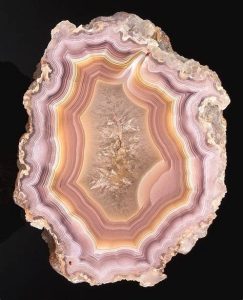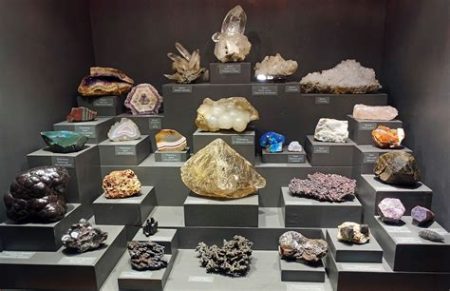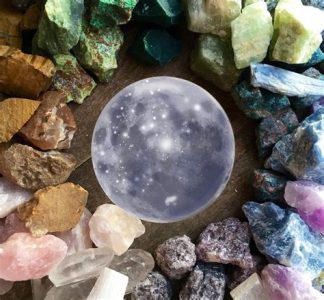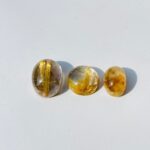Introduction

Tiger’s eye, a fascinating gemstone, is renowned for its captivating chatoyancy effect and its diverse range of colors. From deep golden brown to vibrant red and shimmering blue, each hue carries a unique symbolism and significance. This article delves into the captivating world of tiger eye colors, exploring their origins, meanings, and practical applications.
Origins of Tiger Eye Colors
Tiger’s eye is a metamorphic rock primarily composed of crocidolite, a fibrous variety of asbestos. As crocidolite fibers are subjected to heat and pressure, they recrystallize, forming parallel formations that create a unique optical effect known as chatoyancy.
The color of tiger’s eye is primarily influenced by the presence of iron oxide inclusions. Brown tiger’s eye, the most common variety, is formed when iron oxide is present in large quantities. Red tiger’s eye, on the other hand, is significantly rarer and is formed when hematite, a red iron oxide, is present in the matrix.
Blue tiger’s eye, a relatively uncommon variety, is created when crocidolite fibers are subjected to intense heat and pressure in the presence of silica. This process results in the formation of a mineral called riebeckite, which imparts a blue coloration to the gemstone.
Meanings and Symbolism of Tiger Eye Colors
Golden Brown Tiger’s Eye:
Known as the “stone of the sun,” golden brown tiger’s eye is associated with strength, courage, and confidence. It is believed to bring prosperity, abundance, and protection from negative energies.
Red Tiger’s Eye:
Red tiger’s eye, symbolizing passion, strength, and vitality, is thought to promote energy, motivation, and grounding. It is commonly used in meditation practices to enhance spiritual energy and promote emotional balance.
Blue Tiger’s Eye:
Blue tiger’s eye, a stone of communication and intuition, is associated with increased creativity, clear thinking, and enhanced psychic abilities. It is believed to improve communication skills, strengthen intuition, and promote self-expression.
Applications of Tiger Eye Colors
Jewelry:
Tiger’s eye gemstones are prized for their unique chatoyancy and vibrant colors, making them popular in jewelry designs. They are used in a wide range of jewelry pieces, including earrings, necklaces, bracelets, and rings.
Decorative Objects:
Tiger’s eye is also used as a decorative stone in a variety of applications, including countertops, tiles, and sculptures. Its captivating appearance adds a touch of elegance and sophistication to any space.
Metaphysical Uses:
Tiger’s eye is often used in metaphysical practices for its believed healing and spiritual properties. It is thought to promote physical well-being, emotional stability, and spiritual growth.
Creative Applications
Tiger’s Eye in Feng Shui:
According to Feng Shui principles, tiger’s eye can be used to attract wealth and prosperity when placed in the southeast corner of a home or workspace.
Tiger’s Eye for Energy Healing:
Tiger’s eye is believed to possess energy healing properties and is commonly used to balance the root and sacral chakras, promoting grounding and improving energy flow throughout the body.
Table 1: Tiger’s Eye Colors and Meanings
| Color | Symbolism |
|---|---|
| Golden Brown | Strength, courage, prosperity |
| Red | Passion, energy, vitality |
| Blue | Communication, creativity, intuition |
Table 2: Chemical Composition of Tiger’s Eye
| Component | Percentage |
|---|---|
| Silica (SiO2) | 50-60% |
| Iron Oxide (Fe2O3) | 15-25% |
| Magnesium Oxide (MgO) | 5-10% |
| Calcium Oxide (CaO) | 2-5% |
Table 3: Tiger’s Eye Hardness and Specific Gravity
| Property | Value |
|---|---|
| Hardness (Mohs Scale) | 6-7 |
| Specific Gravity | 3.2-3.4 |
Tips and Tricks for Using Tiger Eye Colors
- When selecting tiger’s eye gemstones, look for pieces with a strong chatoyancy effect. The more distinct the chatoyancy, the more valuable the gemstone.
- Tiger’s eye can be cleaned using a mild soap solution and a soft brush. Avoid using harsh chemicals or cleaners, as they can damage the stone.
- Store tiger’s eye in a cool, dry place away from direct sunlight to preserve its color and chatoyancy.
- If you are using tiger’s eye for metaphysical purposes, cleanse it regularly to remove any accumulated negative energy. This can be done by submerging the stone in running water or exposing it to sunlight.
Common Mistakes to Avoid
- Using harsh cleaners: Avoid using harsh chemicals or cleaners on tiger’s eye, as they can damage the stone’s surface and affect its chatoyancy.
- Exposing to extreme heat: Tiger’s eye can be damaged by exposure to extreme heat, so avoid storing it in direct sunlight or near heat sources.
- Treating as a natural remedy: While tiger’s eye is often used in metaphysical practices, it should not be treated as a substitute for medical advice or treatment.
- Expect immediate results: Metaphysical benefits of tiger’s eye may take time to manifest, and individual experiences may vary.
FAQs
1. What causes the chatoyancy effect in tiger’s eye?
Parallel formations of recrystallized crocidolite fibers create the chatoyancy effect in tiger’s eye.
2. Which tiger’s eye color is most valuable?
Golden brown tiger’s eye with a strong chatoyancy effect is considered the most valuable.
3. What is the specific gravity of tiger’s eye?
Tiger’s eye has a specific gravity of 3.2-3.4.
4. How can I use tiger’s eye in Feng Shui?
Place tiger’s eye in the southeast corner of a home or workspace to attract wealth and prosperity.
5. How often should I cleanse tiger’s eye?
Cleanse tiger’s eye regularly to remove any accumulated negative energy, preferably after each use.
6. Can tiger’s eye help with physical health?
While tiger’s eye is believed to have physical healing properties, it is not a substitute for medical advice or treatment.
7. What is tiger’s eye good for emotionally?
Tiger’s eye is believed to promote emotional balance, reduce stress, and increase confidence.
8. How can I distinguish between natural and synthetic tiger’s eye?
Natural tiger’s eye exhibits natural variations in color and pattern, while synthetic tiger’s eye may appear overly saturated and uniform.




























